If there’s one thing that the annals of history have taught us it’s that there are many, many horrible ways to die. Few of us get to choose when or how we meet our maker, but we like to think that when our time does come it will be as quick and painless as possible. Sadly, this can’t be said for some of these deaths from history. Although some of these tragic victims accomplished a great deal in their lives (for better or for worse), they are now mostly remembered for the grisly nature of their deaths.
10. The Brazen Bull of Phalaris (570 BC – 554 BC)
Phalaris was the tyrannical dictator of Akragas, Sicily from 570 to 554 BC. In an apparent attempt to please the ruler, a bronze maker by the name of Perillos created a torture device called the Brazen Bull. The ornate bull was crafted from bronze and made completely hollow, with a door on one side. When the victim was locked inside the bull a fire was lit underneath so that it quickly heated up and cooked the person trapped inside. Perillos built special tubes inside the bull’s head which distorted the screams of the victim to sound like the noise of a bellowing bull. When he presented the brazen bull to Phalaris the dictator was said to have been so disgusted by the inventor’s “ingenious cruelty” that he ordered Perillos to climb inside to demonstrate the acoustics of the pipes. A fire was quickly lit underneath and he was tortured in his own creation until Pharalis had him removed (he didn’t want his corpse to ruin the bronze) and then thrown off a cliff. However, Perillos had the last laugh – when Pharalis was overthrown by an uprising led by the general Telemachus, the former ruler of Akragas was roasted alive inside the bull.
9. David Douglas (1799 – 1834)
David Douglas was a Scottish explorer and botanist who travelled to America early in the 19th century on plant-hunting expeditions. He was allegedly one of the first recorded mountaineers in North America, claiming to have reached the summit of Mount Brown in the Canadian Rockies, and he introduced many trees and conifers into cultivation, including the Douglas Fir. However, the botanist’s legacy and achievements have been overshadowed by the very unfortunate and mysterious nature of his demise. While walking along a trail on Mauna Kea in Hawaii in 1834, Douglas fell into a trapping pit which had been dug to capture cattle. It is unknown whether a bull was already in the pit or if one fell in afterwards, but when Douglas’ remains were found his clothes had been torn, his body was mangled and his head covered in fatal gashes. The bull was officially blamed for the death during the subsequent autopsy and investigation, but some believe that Douglas was murdered by a shady English criminal living on the island who either deliberately led him into the pit or butchered him with an axe and passed the wounds off as being inflicted by a bull.
8. György Dózsa (1470 – 1514)
History has taught us that committing high treason is a sure fire way to get tortured and executed in the most excruciating ways. Of course, this isn’t a problem if you actually manage to succeed in overthrowing a ruler or monarch, but those who fail are made an example of in the worst ways possible. Such was the case of György Dózsa, a Hungarian soldier of fortune who led a peasants’ revolt against the kingdom’s nobility in 1514. Despite achieving some early decisive victories against the Hungarian army, the revolution was eventually suppressed with force and Dózsa captured. Dózsa was forced to sit almost naked on a red-hot iron throne while wearing a heated iron crown on his head and holding a heated sceptre in his hand. The sadistic mockery of his power-hungry revolution continued as a group of his fellow rebels – including his brother – were brought forward. The executioners cut Dózsa’s brother into three pieces while he was forced to watch. They then used red hot pliers to pierce parts of Dózsa’s body, cooking his flesh. The rebels, who had been starved for days, were told to feast on Dózsa’s cooking body. Those who disobeyed were executed on the spot, so the remaining members of the group swiftly followed the orders and began feasting on their former leader. Dózsa died on the smoldering phoney throne but the men were granted a pardon.
7. The Münster Rebellion Leaders (1536)
The Münster Rebellion was another failed coup which took place during the 16th century. While the Protestant Reformation was sweeping throughout Germany during the 1520s, a small radical fringe group who followed the Anabaptist movement emerged and overthrew the government in the city of Münster. The Münster Rebellion of 1534–1535 saw an attempt to build a ‘new Jerusalem’ in the city by the group’s leaders Bernhard Krechting, Bernhard Knipperdolling, and Jan van Leiden. They expelled the city’s bishop and anyone who was a non-believer and created an insular commune in 1534, abolishing private ownership and enforcing the redistribution of material goods as well as legalising polygamy. The fanatics surprisingly managed to hold off siege attempts (led by the former bishop) for 18 months, but eventually the city walls fell and the leaders were captured. In January 1536, the three men were publicly tortured and executed in the public marketplace. They were chained to a post and made to wear spiked collars which dug into their necks as the skin was ripped from their bodies with hot iron tongs. The torture lasted for a full hour as the executioners picked flesh from their bodies while being careful to keep the men alive and conscious throughout the ordeal. The idea behind this torture was that the pain endured by the body would be enough for the soul to recant so that the men were not cast into an eternal hell. They were finally executed by a dagger to the heart and the bodies were placed in cages which hung from the walls of St. Lambert’s Church. Although the corpses have long since been removed, the cages still remain there to this day.
6. Cato the Younger (95 BC – 46 BC)
Cato the Younger was a Roman statesman who was fondly remembered for his moral integrity during a time of widespread political corruption. Cato was a staunch defender of the Republic and he frequently clashed with Julius Caesar during his rise to power. Following Caesar’s defeat of Pompey at the Battle of Pharsalus and his subsequent appointment as dictator of Rome, Cato showed that he would rather kill himself than live in a Rome ruled by Caesar. In 46 BC, Cato tried to kill himself by plunging his sword into his stomach. However, Cato had an injured hand and only managed to stab himself once before falling to the ground. When his servants rushed in to find him lying on the floor covered in blood and with his intestines hanging out, they immediately sought out a physician. The physician apparently stuffed Cato’s intestines back into his body (they had not been pierced by the sword) and sewed him back up. However, when Cato regained consciousness and saw that he had been saved he immediately tore at the wound and pulled his organs back out. He died shortly afterwards.
5. Saint Lawrence (225 – 258)
Many saints have faced grisly and brutal ends as they martyred themselves for their religious beliefs, but it’s hard to top the death of Saint Lawrence. In 257 AD, the Roman emperor Valerian passed legislation which ordered Christians to worship the Roman Gods or else lose their titles and property. Further refusal could lead to banishment and execution, and as a result many prominent Christians – including Pope Sixtus II – were executed for their defiance. St Lawrence was one of seven deacons who were also killed during this time. When he was approached by the Romans to turn over the treasures of his church, St Lawrence asked for three days to collect them together. However, he instead used this time to distribute the wealth to the poor and the sick so that the Roman’s couldn’t seize it. This angered the prefect of Rome so much that he prepared a terrible execution for St Lawrence. He was placed on a huge iron grill heated by coals so that he could be roasted to death. Apparently as he was cooking St Lawrence was said to have quipped “Turn me over, I’m done on this side!” – a witty remark which later made him the patron saint of cooks and chefs.
4. Emperor Valerian (200 – 260)
It wasn’t long before Emperor Valerian got his comeuppance for his heinous persecution of the Christians. After the disastrous outcome of the Battle of Edessa in 260 AD when the Roman army was easily beaten by Persian forces, Valerian attempted to negotiate peace with Shapur I of the Sasanian Empire. However, the truce was betrayed and Valerian was taken as a prisoner of war – becoming the only Roman emperor to ever have been captured. It was said that Valerian was treated like a lowly slave by Shapur and was routinely humiliated by being forced to act as a footstool to the Persian king. Writings from this period state that when Shapur finally grew tired of his captive he forced him to drink molten gold. The body of Valerian was then skinned, stuffed with dung and straw and displayed as a trophy in one of Shapur’s temples.
3. Edward II (1284 – 1327)
Edward II was the King of England from 1307 until 1327. Edward’s reign was particularly tumultuous and he was widely criticised for a failed campaign against Robert the Bruce in Scotland in 1314. He then faced mounting opposition when he successfully suppressed a rebellion during the Despenser War in Wales during 1321-22 and killed or exiled many knights and barons in the aftermath. When Edward’s wife Isabella was sent to France to negotiate with her brother King Charles VI, she became the mistress of Roger Mortimer – an exiled baron – and the pair rallied a small army to invade England. Edward was deposed in 1326 and imprisoned in Berkeley Castle, leaving the throne to his son, Edward III. In September 1327, the new king was told that his father had died. Rumours quickly circulated that Edward II had been killed under orders from the new regime, and the accounts of his death from this period are very grisly. It was said that the former king was pinned down and had a horn pushed into his anus. A red-hot poker was then inserted into the horn, burning his internal organs and leaving no outward trace of foul play. Many historians dispute the validity of this medieval gossip and believe it to be propaganda against the deposed king (especially because it ties in with rumours which said that he was homosexual), but the supposed death of Edward II remains a sordid, if fiercely debated, historical tidbit.
2. Balthasar Gérard (1557 – 1584)
Balthasar Gérard was the assassin of William I (William of Orange), the Dutch nobleman who led the revolt of the Seventeen Provinces against the ruling sovereign King Philip II of Spain in 1568. In 1581, Gérard learned about the bounty of 25,000 crowns placed on William’s head by Philip II and, being a fervent supporter of the Spanish king, he travelled to the Netherlands with the hope of assassinating the dutch antagonist. Corroborating with the Prince of Parma, Gérard managed to get close to William in 1584 by passing himself off as a French nobleman and ally to his cause. In July of that year he arranged for a meeting with William in Delft and shot him twice, killing him. Gérard was quickly captured and imprisoned before he could escape. He apparently bragged of the deed when he was brought before city magistrates for a preliminary hearing, but this did not serve him well for his punishment. Gérard was repeatedly flogged and lashed, he had heavy weights attached to his toes and he was forced to wear boots made from dog skin which contracted with heat and crushed his feet. His armpits were then branded, hot bacon fat was poured over his body and nails were hammered into his flesh. His execution was similarly brutal. His right hand, which he used to brandish the pistol that killed William, was burned off with a red-hot iron and pincers were used to tear the flesh off his body. He was then quartered and disembowelled – his heart being thrown in his face while he was still alive – before finally being beheaded.
1. François Ravaillac (1578 – 1610)
François Ravaillac was another assassin who suffered from a truly excessive execution. However, seeing as his target was Henry IV of France, it should really come as no surprise that he would be punished as severely as possible for the crime of regicide. Ravaillac claimed that he experienced a vision in 1609 which told him to convince the French monarch to convert the Protestant Huguenots to Catholicism and he unsuccessfully attempted to meet with Henry in person on several occasions in Paris. However, when the Catholic fanatic believed that Henry IV’s intervention in the Jülich Succession would lead to war with the Holy Roman Empire, he took matters into his own hands and stabbed the king to death as his carriage drove through the streets of Paris. Ravaillac narrowly avoided a mob lynching before he was seized and imprisoned by royal guards. Ravaillac was tortured in an effort to make him reveal his co-conspirators, but the authorities believed the assassin’s pleas that he had acted alone after they had completely broken and mangled both of his legs. Prior to his execution, Ravaillac’s right arm was plunged into burning sulphur and pincers were used to pull flesh from his chest, thighs and arms. Molten metals and boiling oil were then poured into these wounds and all over his body. Finally, he was lashed to four horses and had his body torn apart. A furious mob crowded around his dismembered remains and apparently set upon them in anger, tearing them into even smaller chunks.

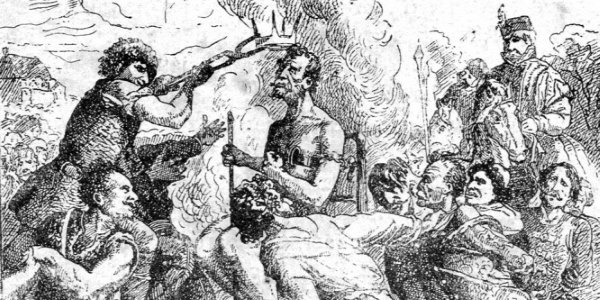
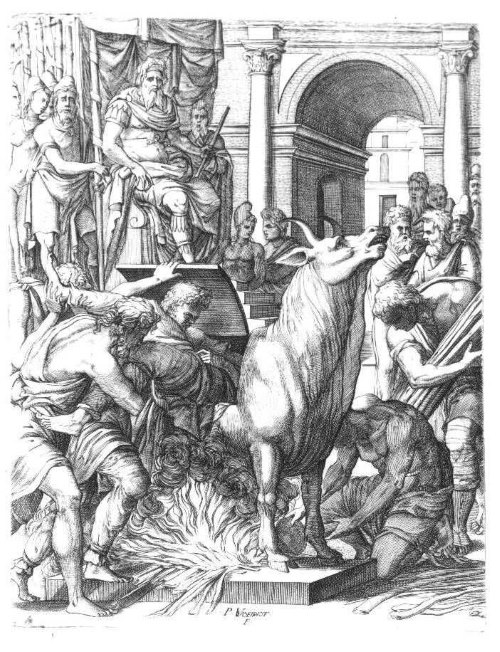
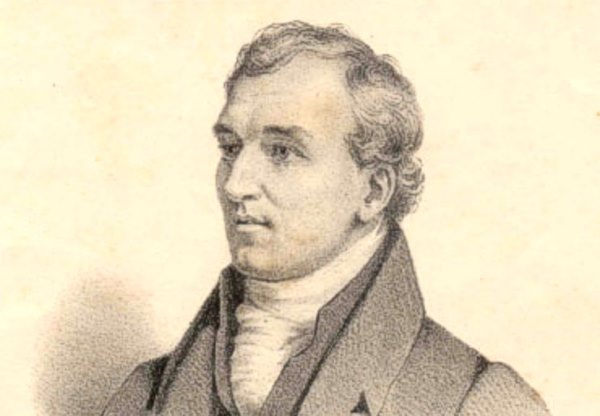

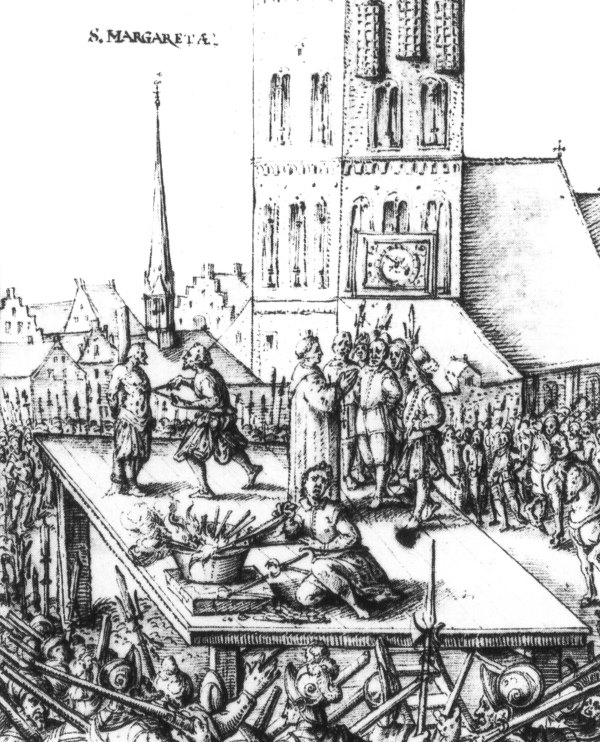
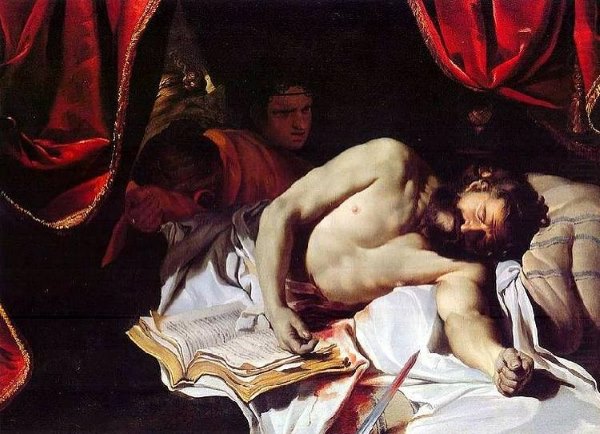
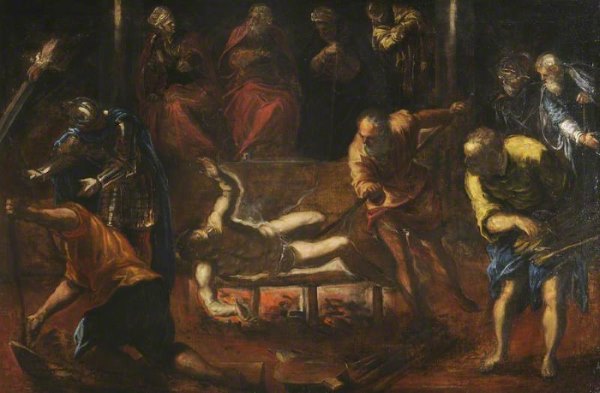
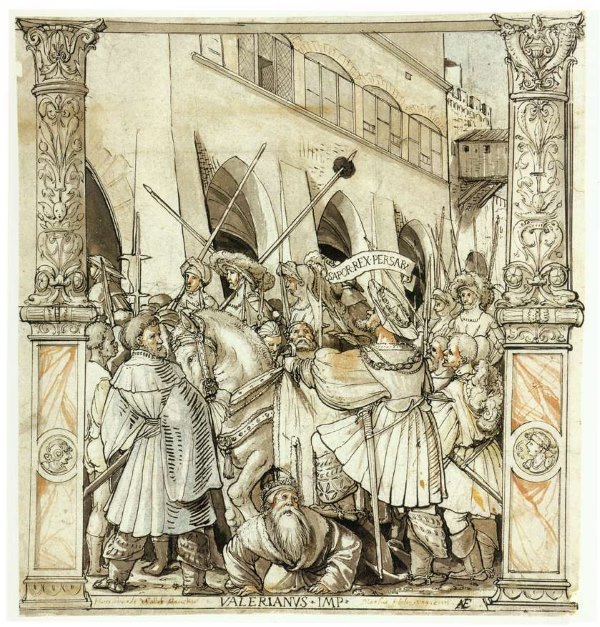

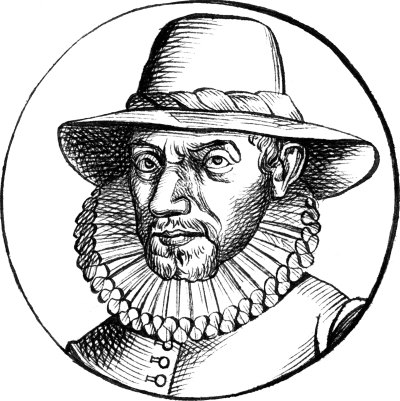

1 Comment
Pingback: Dózsa György izzó vastrónja csak kitaláció – HírZilla – Minden hír egy helyen!